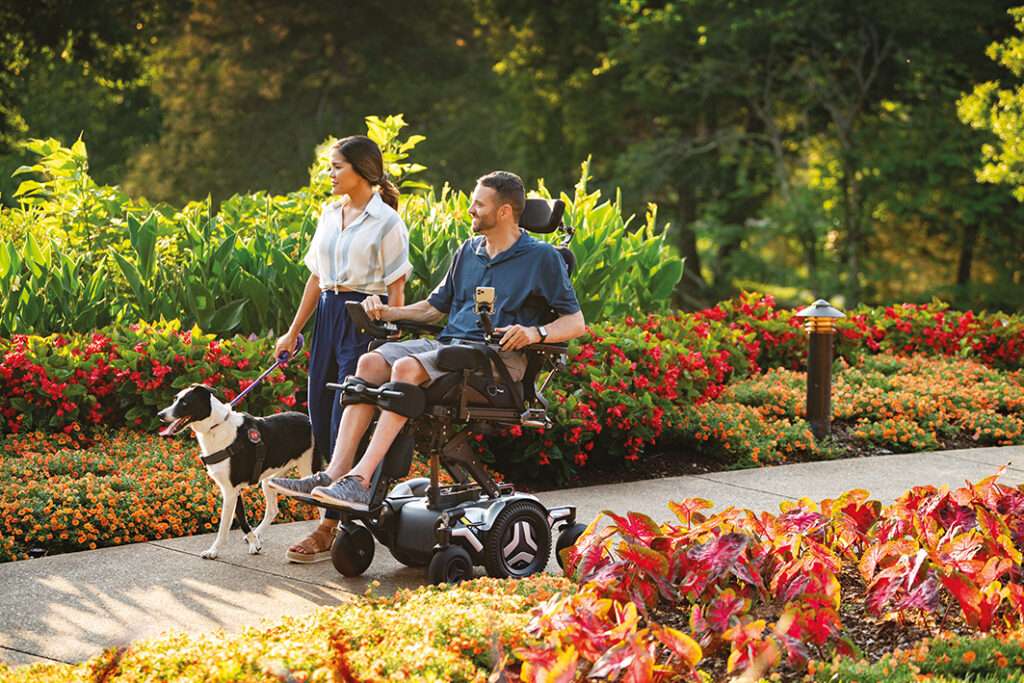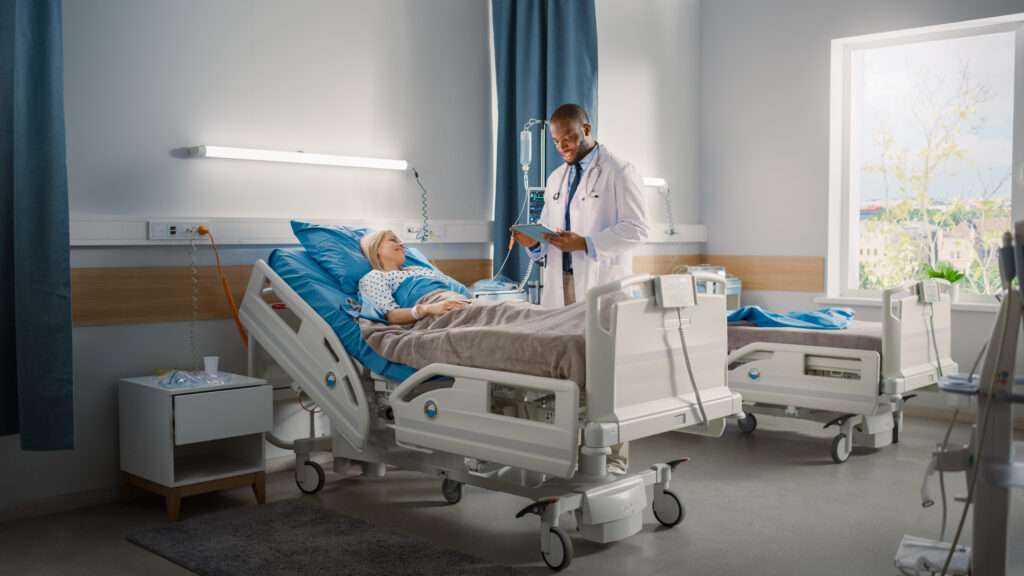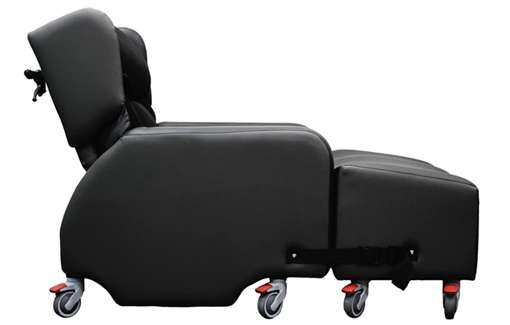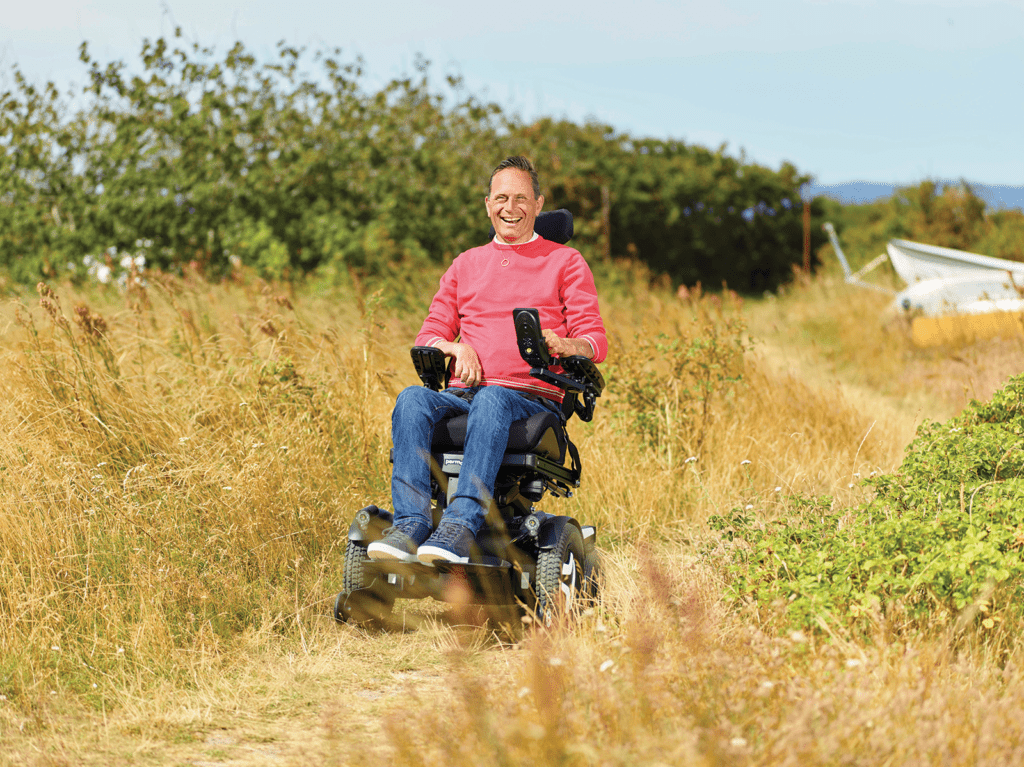Already know what you’re looking for? Then browse our range of Mobility Scooters & Electric Wheelchairs.
Mobility scooters and electric wheelchairs (a.k.a. — powerchairs) have a lot of similarities, but they also have many differences. Both scooters and electric wheelchairs are designed to help people with reduced mobility get from A to B.
However, choosing between a scooter and a powerchair can be a bit tricky. Read on to see what our verdict is on mobility scooters and electric wheelchairs.
Jump straight to…
What are mobility scooters?
Mobility scooters are battery-powered devices that are controlled with switches mounted to handlebars. The individual can determine their speed and direction with ease whilst sitting comfortably on the built-in chair.
This is a particularly popular option for many people who struggle with mobility. Mobility scooters are split into different classes, and some can be used on roads.
Find out more about that in this post.
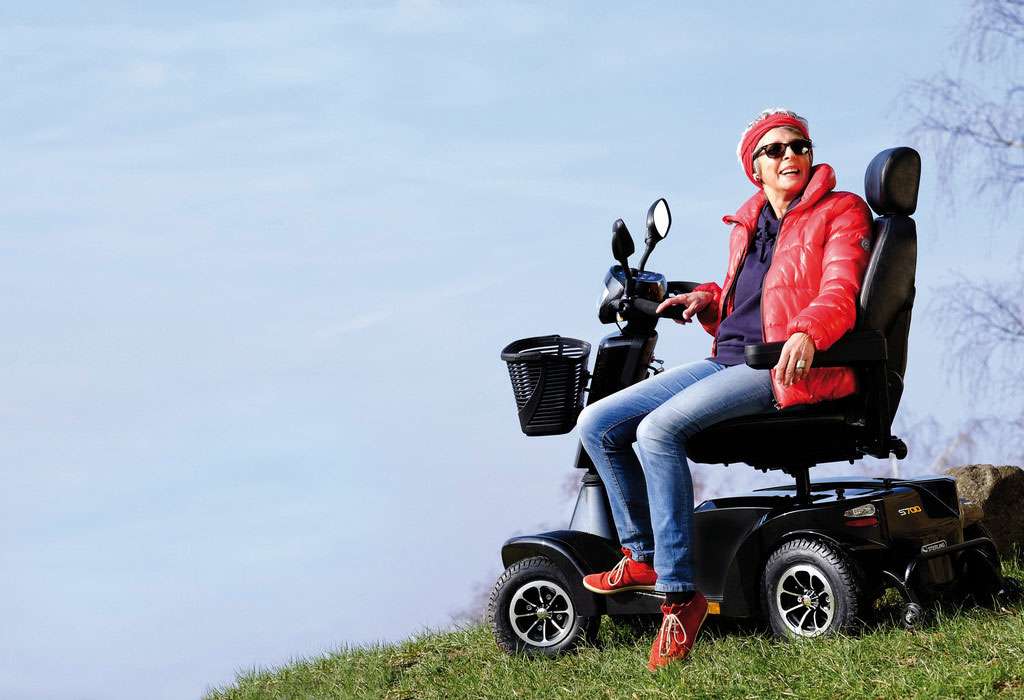
Mobility scooters are a popular choice for people who have reasonably good balance and body strength.
The pros of mobility scooters
Mobility scooters are particularly easy to use, which is great for people who have never ridden one before. They’re designed for outdoor use, giving users flexibility over where they travel.
Scooters tend to be better suited to people who are mostly able-bodied with good trunk and arm strength to maintain their position comfortably over long periods of time. Scooters can also tackle tough or steep terrains with little problem, giving users the ability to travel over surfaces and distances that they may usually struggle with on foot.
In addition, mobility scooters come in many shapes and sizes to suit different users. Whether you’re needing a lightweight scooter that can fold away into the boot of the car, or a heavy-duty road-worthy model, there’s the perfect mobility scooter for you.
The cons of mobility scooters
With that being said, mobility scooters still require a certain level of physicality to operate. They are not suitable for people who do not have good trunk and arm strength because they will struggle to stay balanced and control the scooter.
Furthermore, mobility scooters can sometimes take up quite a lot of space if they are not foldable. You need to make sure you have adequate storage room for a class 3 scooter or any other large model.
This means that they are not ideal for people with small homes where space is key.
Mobility scooters also tend to have larger turning circles, which makes them more difficult to manoeuvre in tight spaces; they’re not designed for indoor use.
What are electric wheelchairs?
As you may gather from the name, electric wheelchairs are wheelchairs that are powered by batteries. As referred to as powerchairs, these tend to be used more by people with serious mobility issues.
They are usually controlled by a joystick our touch controls mounted to one of the armrests. This gives the individual control over where they are going and at what speed, with very little effort or reach.
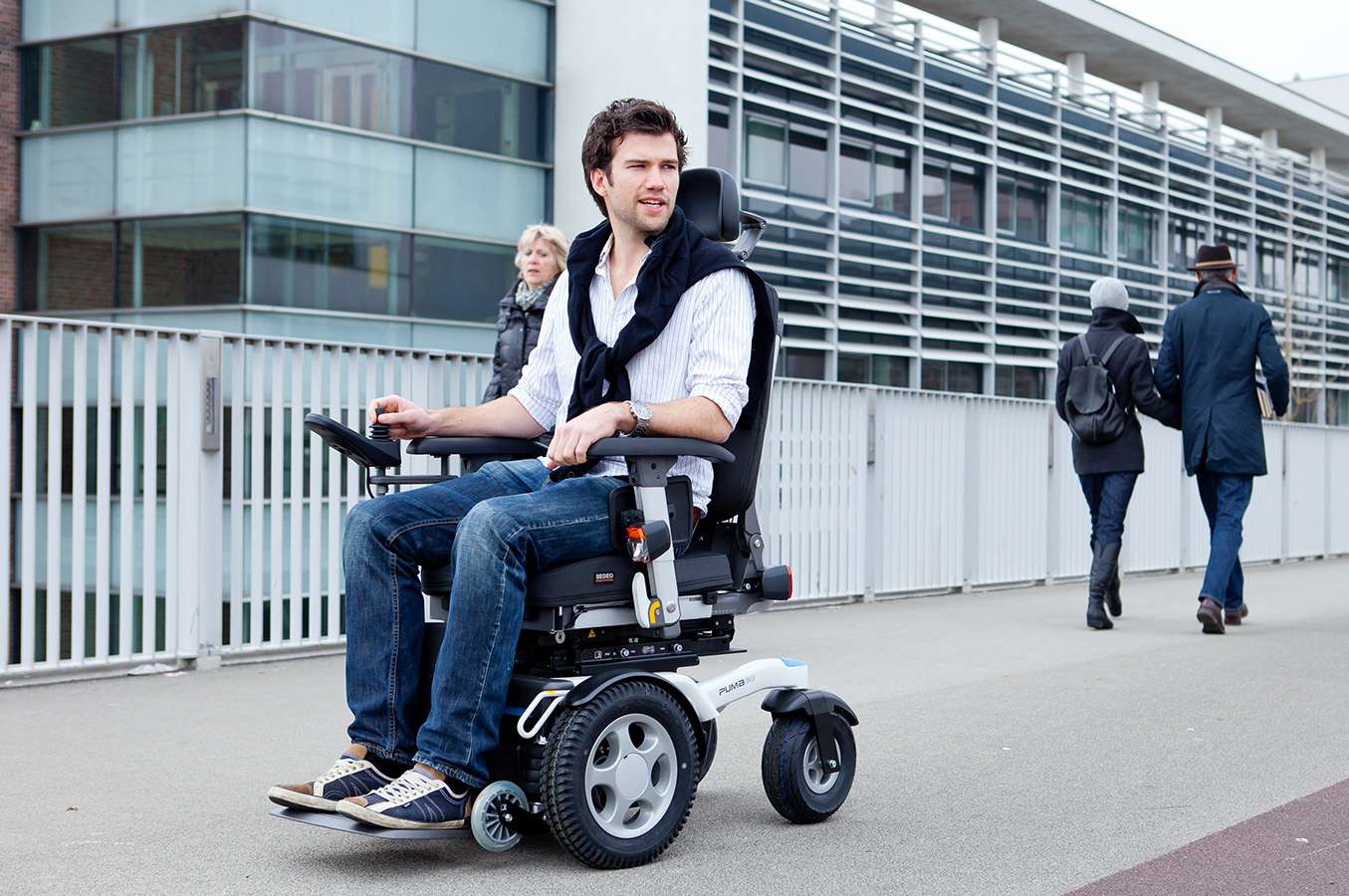
Electric wheelchairs are usually better suited to people who require assistance moving around indoors and outside.
The pros of electric wheelchairs
Unlike mobility scooters, electric wheelchairs are great for people with reduced mobility and body strength. Because of the compact design, they allow the individual to control everything they need to without having to strain or sit uncomfortably for prolonged periods of time.
Powerchairs can also be customised to meet the user’s needs. Just like with a manual wheelchair, electric wheelchairs are highly adjustable to compliment the individual’s comfort and postural support needs.
You can change the seat height, depth, armrest height, footrests, and even the backrest angle to ensure that the user is as comfy and supported as can be.
Additionally, powerchairs very easy to manoeuvre and have particularly small turning circles. This makes them great to use indoors. But don’t be misled, electric wheelchairs are also designed for outdoor use and can usually handle rough terrain.
The cons of electric wheelchairs
Whilst powerchairs are easily manoeuvred, that can be more difficult to control than a typical mobility scooter. The joystick or touch buttons are usually more sensitive and can take longer to master than the switches of a scooter.
So for users who are new to mobility products, an electric wheelchair may be a little too high tech.
Electric wheelchairs also are not always the most comfortable or suitable option when travelling over long distances. Unless the user is less able-bodied and requires an electric wheelchair for all mobility needs, then a scooter may be better suited to long distance travelling.
The weight of a typical electric wheelchair is also worth mentioning. Powerchairs are often fairly heavy, which means that they can’t always just be lifted into the boot of the car.
That being said, it’s rare that a user would transfer out of a powerchair to get in the car — they would usually use a WAV or something similar. If you ever did need to get your powerchair into the car boot, then a car hoist can provide the ideal solution.
Autochair is a leading provider of car hoists, they sell a range of options – including a hoist which can lift wheelchairs up to 200kg with ease! Take a look at their range.
Conclusion
In summary, it’s very hard to do a head-to-head comparison of mobility scooters and electric wheelchairs because they are so different. Generally speaking, we would always recommend that more able-bodied people (who can stand and walk unaided) use a mobility scooter.
For people who are less able and require more support, then an electric wheelchair is the more suitable choice. If you’re stuck and unsure which of these categories you fall into, then get in touch with our team to discuss a free no-obligation assessment!






